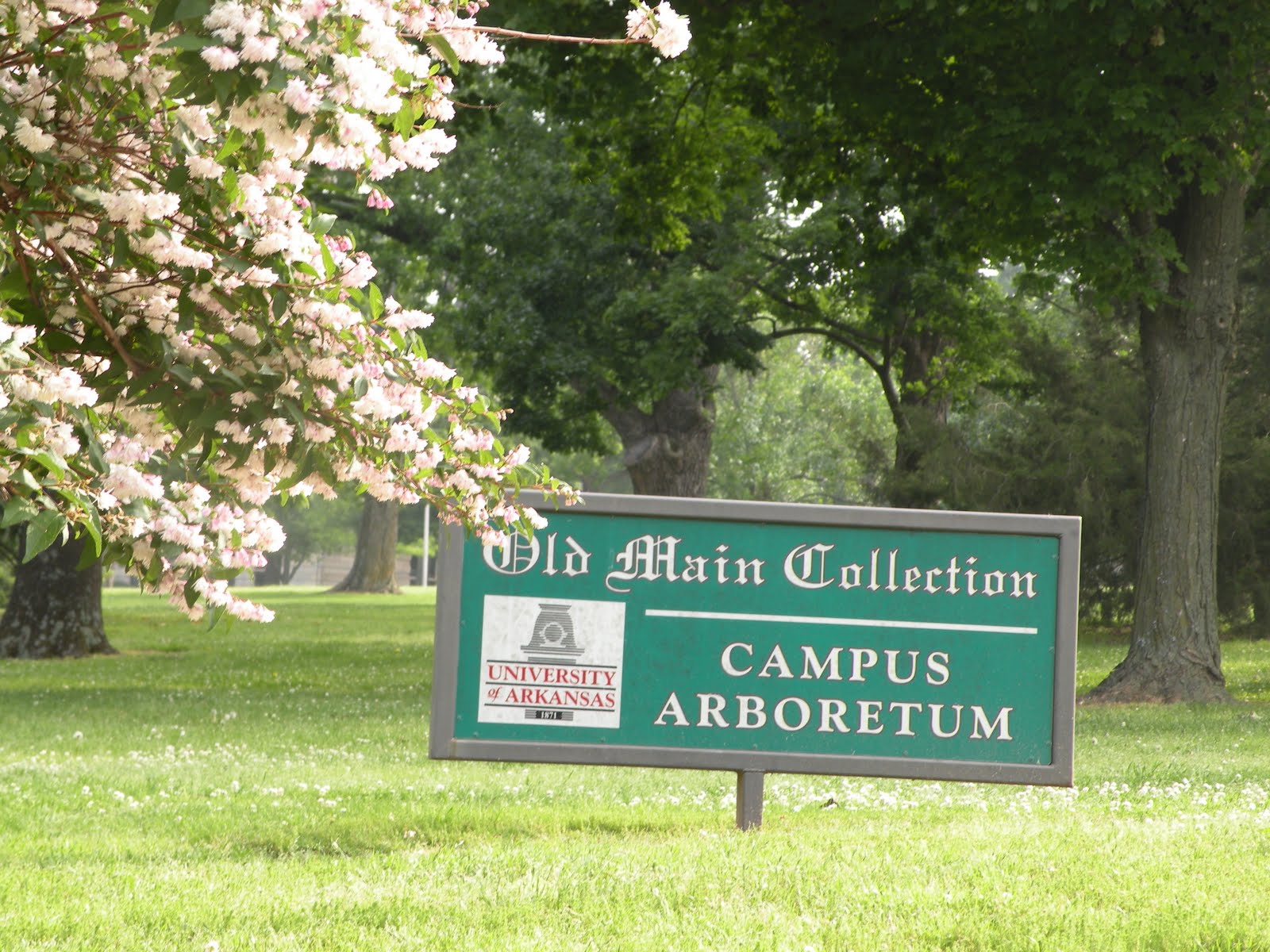UATV’s TJ Carpenter reported from in front of the Old Main Arboretum where the University of Arkansas is proposing to put an access road for a number of construction projects over the next two years on Ozark Hall and Vol Walker.
A more in depth analysis of the proposal can be viewed here: Old Main Arboretum Proposal
When the City of Fayetteville met to discuss the University’s proposal, the overwhelming public sentiment was one of disbelief and offense. In fact, the announcement has sparked a number of protests of the University’s plan. Still, many people view the necessity of a construction road as the price of progress, and go further to point out the University does not need the city’s approval for such a project.
The plan is to extend LaFayette through the Arkansas Avenue intersection and onto the Old Main Arboretum taking out a 20-foot section of the existing rock retaining wall as well as existing ground and many trees nearly as old or older than the campus itself.
In recent days, Arkansas State Congresswoman Sue Madison has talked of using legislation passed in 2003 regarding historic monuments within the state to postpone construction and possibly save Old Main’s sylvan landscape.
Many on twitter and facebook feel the proposal is the result of poor planning on the part of the University in deciding to build the new Pi Phi Gate in front of the easiest entrance to the interior campus buildings instead of postponing its construction until after the projects on Vol Walker and Ozark Hall are concluded.
“I told David Gearhart, (University of Arkansas Chancellor) if you do this it will be the thing people will remember as the big mess up that you did,” said Paula Marinoni of Fayetteville who has taken the lead in protest against the proposal.
Marinoni is not the only one to voice dissent to the University’s plan. Fran Alexander as well as many other Fayetteville natives and Alumni of the University of Arkansas have voiced concern that the access road would damage the iconic status of the University’s most recognizable building and destroy the campus’ most historic testament to the past.


